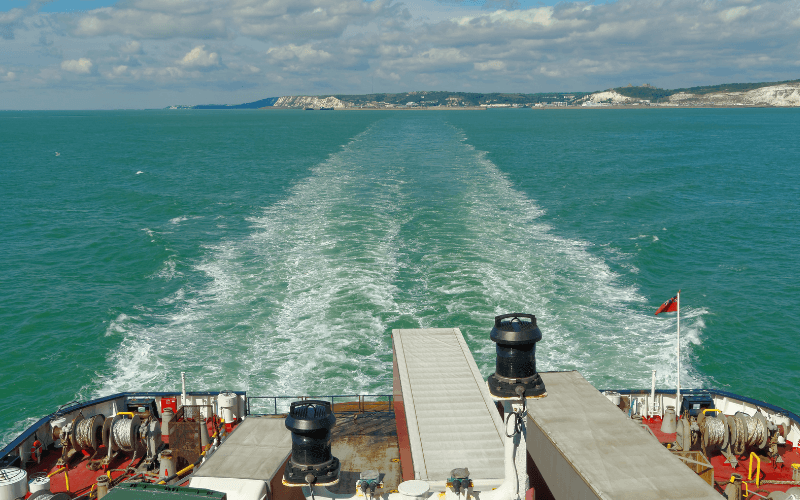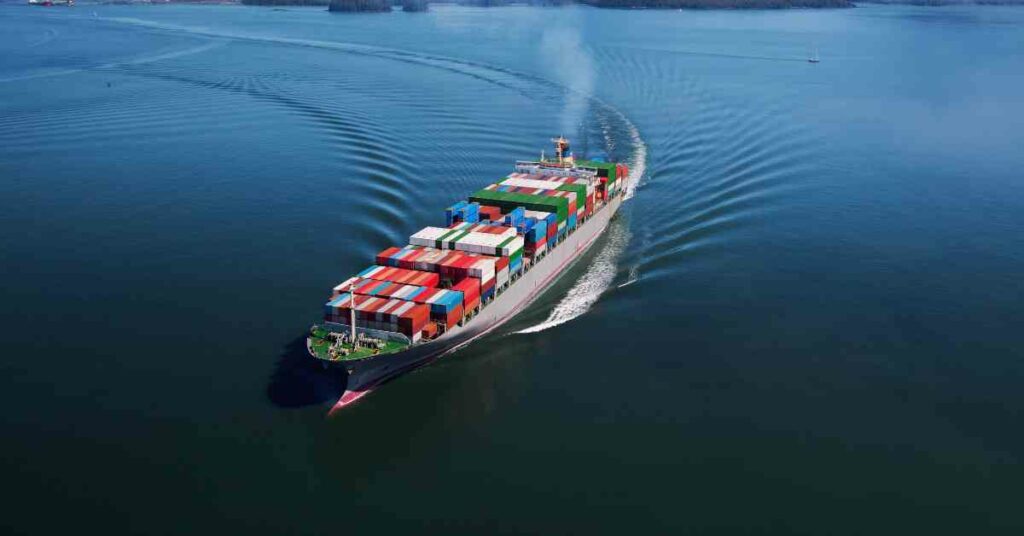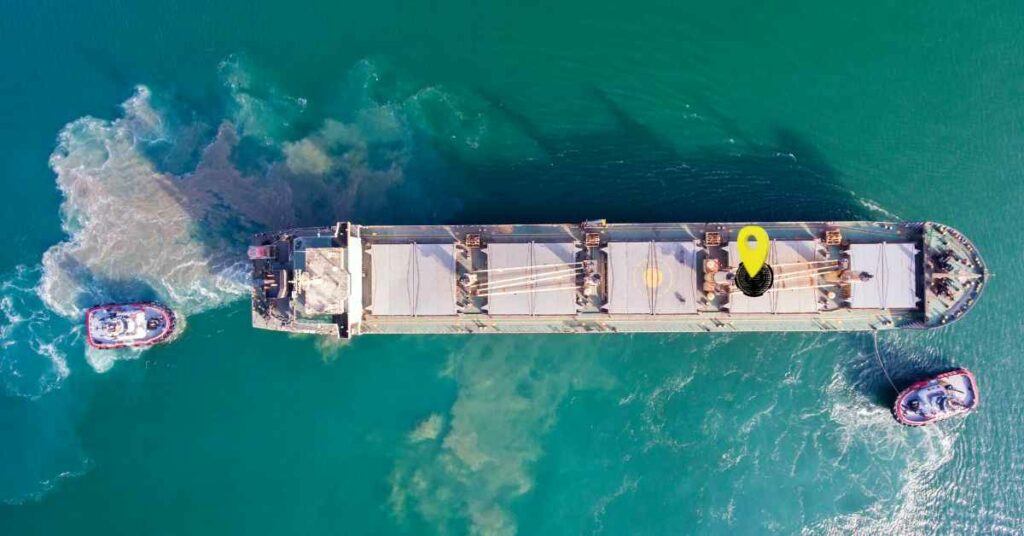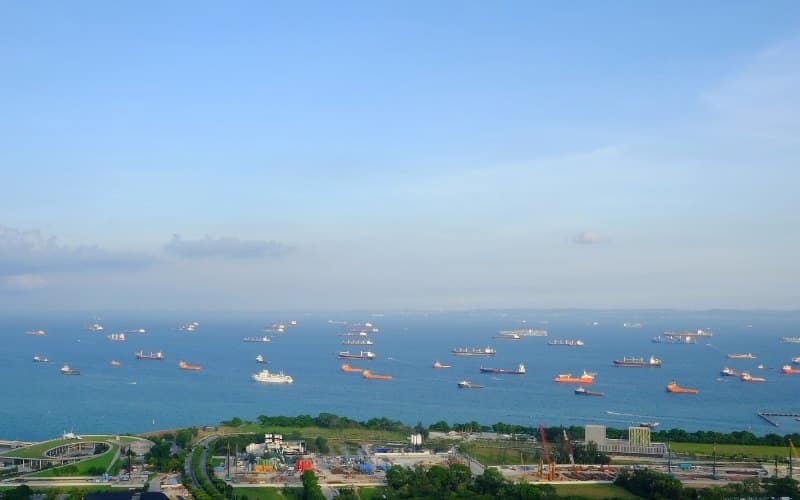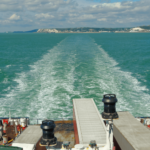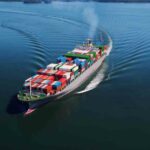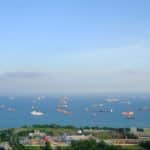What Are Berthing Plans – Everything You Need to Know
Ports are incredibly complex industries that thrive on efficient operations and supply chains. By ensuring that there is no lag between the vessel entering the port, having its cargo loaded or unloaded, refuelled and inspected, cleared to depart, and finally pushed out of the berth, these ports allow countries all around the world to bring in vital trade and commerce to the region.
Most ports these days have the latest technology in order to reduce this turn around time. For instance, the Port of Rotterdam which is the largest port in Europe and 11th worldwide is renowned for the immense importance it has placed on technological advancements.
Automated loading systems, specialized truck trailer docking sites, rail car identification mechanisms, advanced load-bearing cranes etc. are some of the common features implemented throughout this port.
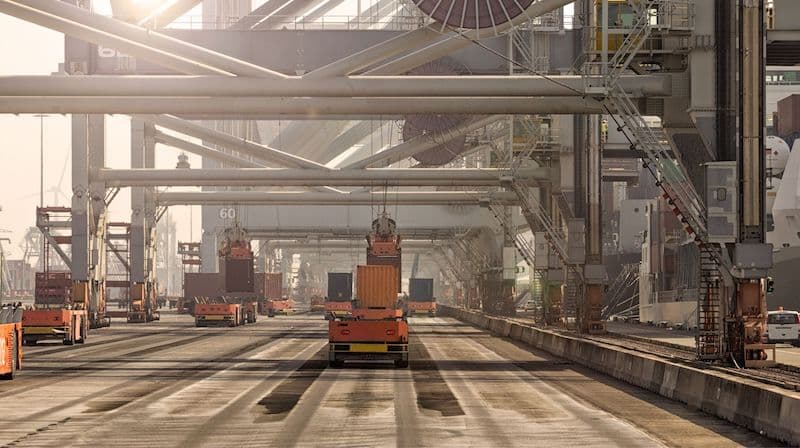
However, this technology can only speed up the process once the ship enters the port.
How do you efficiently process ships waiting to either enter or leave a port?
On average, hundreds of ships may berth on a monthly basis at busy ports such as the Port of Shanghai (China), Port of Singapore, and Port of Shenzhen (China), which are all ranked in the top 3 global ports in terms of container traffic (in TEU).
This is where the concept of a berthing plan is introduced.
Related reading:
Top 10 Busiest Ports In The World
Top 10 Biggest Ports in the World in 2019
They are integral to the efficient allocation of port resources for incoming and outgoing vessels by planning in advance. They allow the port operations to function smoothly while also keeping a lookout for possible shipping bottlenecks and other problems.
Berthing plans are extremely detailed, keeping in mind their importance in a port.
In this article, we will discuss about a Berthing Plan, the pre-requisites and objectives, the procedure of drawing up a plan, and advances in this field. We will also look at the example of a port and the standard berthing plan devised for it.
Introduction to Berthing Plans
Berthing Plans are detailed documents drawn up regarding the complete resource allocation for a port and surrounding facilities. It implements a supply chain and operation plan for all vessels that will dock or berth at the port at least a month before.
In general, ports draw up this document well in advance (even reaching 6 months) so as to account for any eventualities or unexpected changes to the schedule.
To prepare the document, the several chiefs of operations of a port begin gathering information on the incoming planned vessels within a given time frame.
Every time a ship or charterer books a berth at a port on a certain day, this information is compiled in the system and forwarded to the operations team for adding to the berthing plan.
For this, a team of operation and data specialists model the entire port and analyze the most efficient berthing plan.
Now, let us discuss some terms that are commonly used in this industry.
Every port has facilities that are either in house or external (a.k.a. surrounding).
For instance, some ports have container vessel docking berths within the main body of the port. On the other hand, facilities for oil tankers may be located a short distance away.
Passenger vessels may even be located in a completely different area. Thus, each facility requires its own separate berthing plan. However, they cannot be prepared and executed independently of each other.
Since every port uses the same waterway, inefficient planning between facilities may create unwanted traffic and bottlenecks within the port. Thus, the overall facilities must be kept in mind while drafting the berthing plan.
Another commonly used term is port resources. These include any machinery, equipment, or structures that are directly involved in the loading, unloading, and other operations of a ship.
For example, cranes (spreader and hook versions), berths, quayside structures, warehouse and storage facilities, refuelling stations etc.
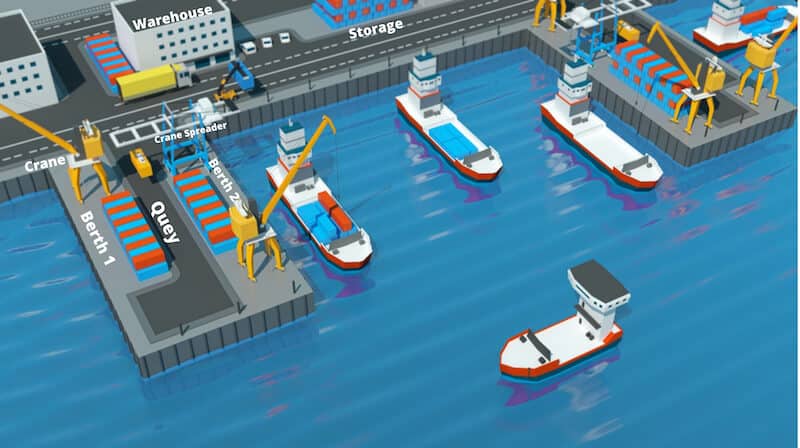
While designing berthing plans, resource allocation is very important, as it charts out the choreographed movements of each facility so that the ship is serviced in as short a time as possible.
For allocation, it is important to account for the size of the vessel, a number of cranes required, berth size and draft, fuel capacity and requirement, change of crew if required, and the number of tugs required for portside guidance.
Objectives of Creating a Berthing Plan
There are 4 primary objectives that must be kept in mind while designing a berthing plan for any port.
They are as follows:
1. Minimization in vessel service times,
2. Optimization in arrival and departure times,
3. Minimization in early or delayed arrivals or departures, and
4. Optimization of fuel, berthing, and emission costs.
Vessel service times refer to the time a vessel spends in a port, not including arrival and departure times. This includes waiting time due to pre-existing traffic in the port and handling time while the ship is docked at the port and safely moored.
Since the vessel cannot be serviced during this time, it is considered an idle time where the port cannot efficiently handle the ship. It is therefore prudent to minimize this time as much as possible.
Managing vessel arrival times is another important objective of berthing plans. Vessels cannot be scheduled to dock simultaneously in a port without adequate facilities.
The schedule should be staggered so that the ships are able to minimize their waiting times. Additionally, this improves efficiency and reduces strain on the port resources.
The arrival time plays a very important role in determining servicing time and ensures that no bottlenecks are created. So, this is optimized by the berthing plan so that ships are evenly distributed between available berths.
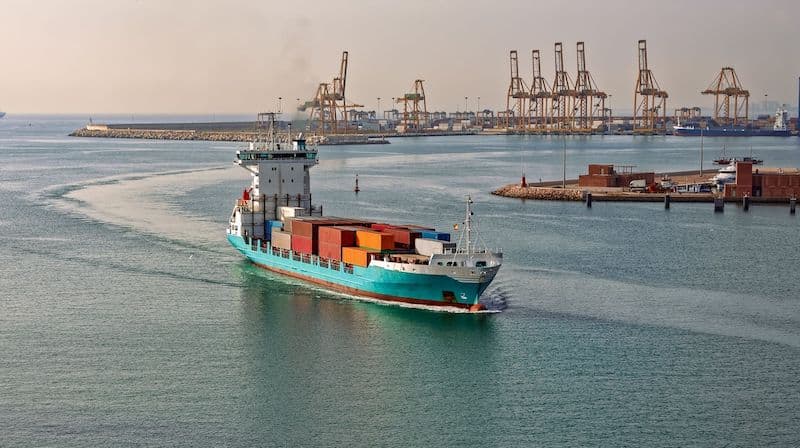
Another important objective is the reduction in the unexpected arrival or departure of a ship. This throws the entire system into disarray, as it may further delay other ships.
For instance, if a ship arrives earlier than expected, it will have a large idling and waiting time that reduces its efficiency.
On the other hand, if a ship arrives late, it will also depart late, which creates a propagating delay that spreads to other ships in the port. So, there must be a minimization in the early or delayed arrivals and departures of a vessel.
Lastly, it is important to ensure that while the port resources are efficiently allocated, the ship must also be efficiently serviced. So, efforts must be made to reduce the cost arising out of fuel spent while waiting as well as the berthing costs.
Another cost is the emission cost that is levied on the shipping lines to reduce pollution in the region.
Calculated based on the time a ship spends within the coastline of the country, a charge is levied to compensate for any pollution that may be inadvertently caused by the vessel.
Despite the charge being small, it becomes significantly larger with every passing hour, and delays must be mitigated.
Thus, the overall objective of the berthing plan is to efficiently create a timetable of ship arrival and departure, and a list of facilities and services that will have to be provided to a berthed vessel. By optimizing this timetable, the port can achieve the most efficient turn around time for each vessel.
Factors Influencing Berthing Plans
In addition to the objectives of the berthing plan, there are certain factors that determine the resource allocation and subsequent efficiency of the plan.
Some of the factors that influence berthing plans are as follows:
1. Expected Time of Arrival (ETA),
2. Expected Time of Departure (ETD),
3. Estimated berth operations times,
4. Estimated crane move counts per ship per berth,
5. Miscellaneous factors (including weather, tides, surrounding vessels etc.).
The ETA of a ship depends on when it departs from its homeport, the weather en route, and any traffic in the region. The ETA of all ships arriving at the dock must be gradual and staggered. This creates a small window of time in which each vessel will be properly serviced with the port facilities.
The same applies for the ETD. If the vessels arrive and depart at a certain time, there may be more resources available to quickly unload or load the vessel. So, the aim is to identify the time frame in which the ship can be efficiently serviced.
This further has an impact on the berth servicing times. If the ship arrives during peak hours, fewer cranes and spreader trucks will be available to quickly handle the ship. Thus, it takes longer during such hours to service a vessel.
On the other hand, arriving at an odd hour or at a smaller port can allow a large part of the port resources to be focused on servicing a single ship. This cuts down on the turn around time for the vessel.
A very important factor that determines the berthing plan for each type of ship is the number of crane moves to be made for unloading and loading.
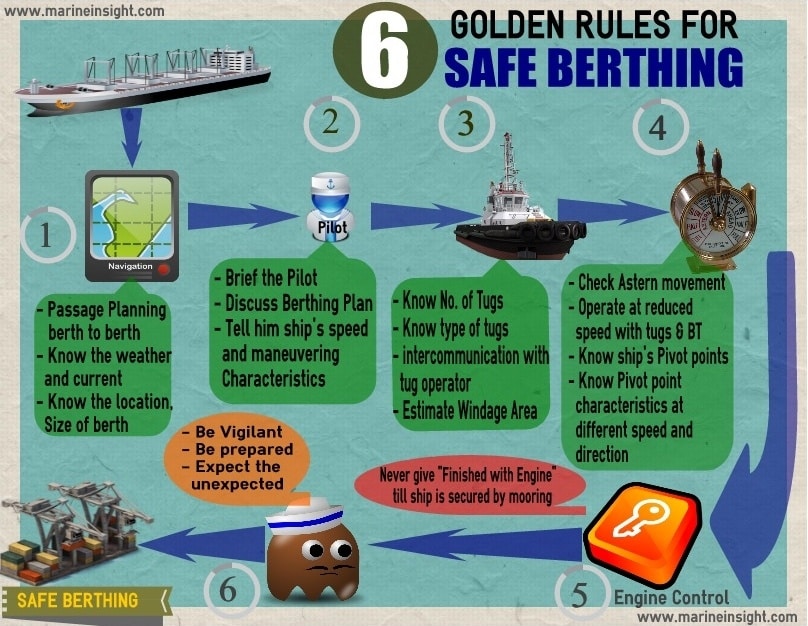
Minimizing these moves are important, as it can take a considerable amount of time. Crane operators are provided with precise details on the exact movements to be made. By reducing the crane operational times, the ship is serviced faster once it docks.
Lastly, there are some miscellaneous factors that can affect the speed at which a vessel is serviced in a port. This includes weather patterns, tides in the region, and the presence of ships nearby that may increase the local traffic.
All these must be accounted for while preparing the berthing plan.
Sample Berthing Plan and Detailed Explanation
Generally, berthing plans are tabular in nature. The columns indicate the days and their respective hour slots. The rows are subdivided into 2 categories.
The first classification is based on the number of berths available. So, each berth will have its own row with berthing details. The second classification is within each berth, and contains data on the vessel requirements of that berth.
Some sample requirements include the number of cranes, the number of containers to be loaded or unloaded, any additional notes etc. In this section, let us take a look at an example of a berthing plan and analyze the various components of it.
| # | DAY 1 | DAY 2 | ||||||||
| TIME SLOTS | 0000 – 0600 | 0600 – 1200 | 1200 – 1800 | 1800 – 2400 | 0000 – 0600 | 0600 – 1200 | 1200 – 1800 | 1800 – 2400 | ||
| BERTH 1 | NAME | HMS Bulwark | INS Surat | |||||||
| SIGN | ||||||||||
| CRANES | 2 | 2 | 3 | 2 | ||||||
| CNT. FLUX | -130 / + 50 | -50 / +140 | ||||||||
| BERTH 2 | NAME | USS John | ||||||||
| SIGN | ||||||||||
| CRANES | 3 | 2 | ||||||||
| CNT. FLUX | -200 / +30 | |||||||||
The first observations we can draw from this plan is that the rows and columns display a detailed report on the ship and its berthing window. The coloured fields indicate that a vessel is occupying that berth for a certain duration. In general, the time column is divided into 6-hour slots i.e., the day is divided into 4 equal parts for ease of management.
The row above the coloured strip displays the ship name and also the flag it flies under (not always necessary). The row below the colored strip indicates the number of cranes to be pressed into service.
Notice how there are 2 numbers along the length of this field. This is a specific notation that represents 2 cranes at the aft and 2 cranes at the fore in the case of our sample ship- HMS Bulwark.
Ships can have different crane requirements depending on the size and number of containers. The last row in a berth division looks into the number of containers to be unloaded, denoted as positive, and the number of containers to be loaded, denoted as negative.
Although this convention may vary, it generally indicates the flux of containers within the port. As more containers are offloaded, there is a positive flux of containers into the port. The reverse holds for loading containers on to a ship.
Digitization and Automation of Berthing Plans
The process of drawing up a berthing plan used to be manual up to a few years ago, and took a large amount of time. The port was mathematically modelled to represent an operations research optimization problem and then solved.
However, there are several solutions to every combination of ships and port resources, so the calculations had to be manually performed several times over until the most efficient allocation was obtained.
For this reason, ships had to inform at least 6 months in advance about a planned stop at a port. The process was tedious and consumed several man-hours in formulating a simple plan.
However, with the advent of numerous computational technologies and software that can accurately model such optimization models, this problem has been reduced to a digital task.
Nowadays, the system automatically accounts for new ships added to the incoming database and provides a suitable berthing plan at just the touch of a button. These software work on a repeated brute force algorithm that finds the optimal allocation while following complex mathematical models to reduce computational time.
A major advantage with using such modelling software is that they can detect patterns in berthing plans and scheduled ships. Since the global shipping fleet can be classified into a few broad types of vessels that require the same resource allocations, the system is able to assign a unique identification for each type. That way, if there are 2 tankers of similar sizes, they are registered as vessels that require the same allocation.
Over time, the port berthing plan and schedule of incoming vessels will begin to repeat. While it is difficult for humans to access records of the past several years and obtain these patterns, computational software can complete the same task in a fraction of the time.
They analyze existing berthing schedules for past patterns, and then simply apply a tried and tested model. Thus, instead of having to create a new berthing plan every time, a quick historical pattern search would yield a solution to the optimization problem.
In this article, we have seen how the berthing plan is a vital document in the efficient management of a port. It plays a very important role alongside other documents such as the “Berthing Prospect” and must be drawn up with due consideration.
When investing in suitable software for automating this task, the ability of this new software to integrate with the existing systems is a key point to keep in mind.
You may also like to read – What Are Smart Port Technologies?
Disclaimer: The authors’ views expressed in this article do not necessarily reflect the views of Marine Insight. Data and charts, if used, in the article have been sourced from available information and have not been authenticated by any statutory authority. The author and Marine Insight do not claim it to be accurate nor accept any responsibility for the same. The views constitute only the opinions and do not constitute any guidelines or recommendation on any course of action to be followed by the reader.
The article or images cannot be reproduced, copied, shared or used in any form without the permission of the author and Marine Insight.
Do you have info to share with us ? Suggest a correction

About Author
Ajay Menon is a graduate of the Indian Institute of Technology, Kharagpur, with an integrated major in Ocean Engineering and Naval Architecture. Besides writing, he balances chess and works out tunes on his keyboard during his free time.
Latest Marine Navigation Articles You Would Like:
Subscribe To Our Newsletters
By subscribing, you agree to our Privacy Policy and may receive occasional deal communications; you can unsubscribe anytime.



